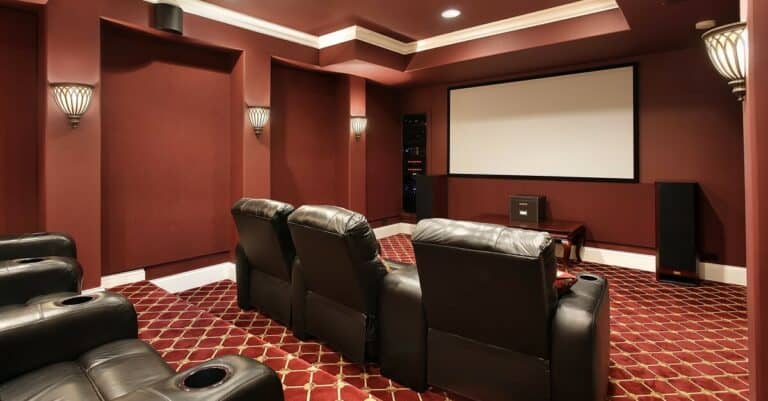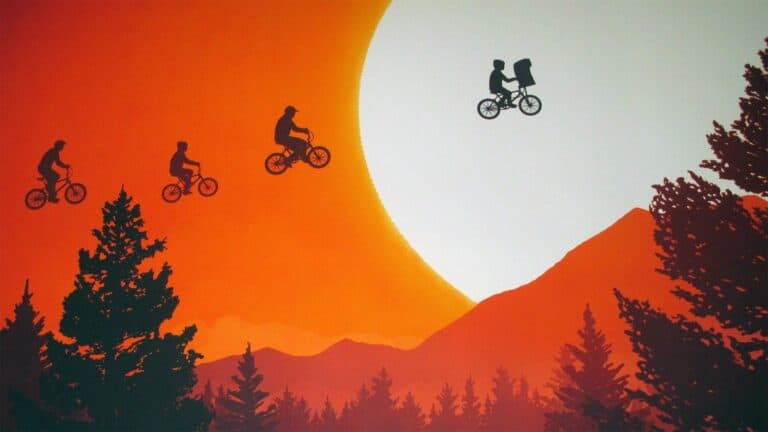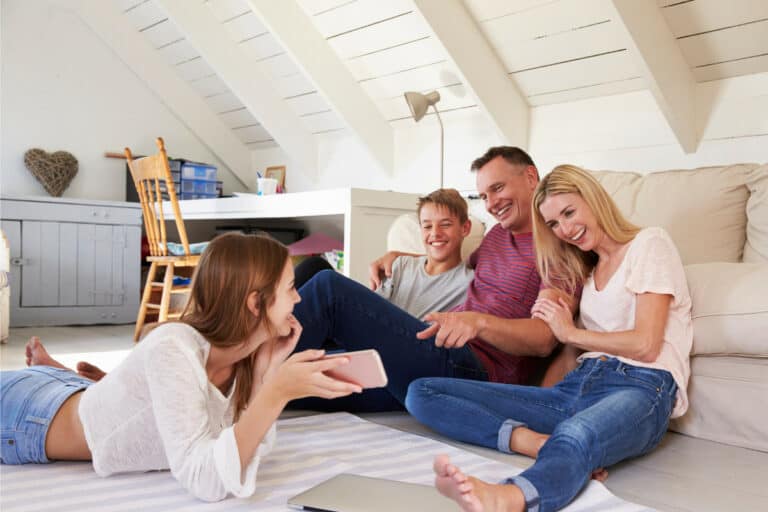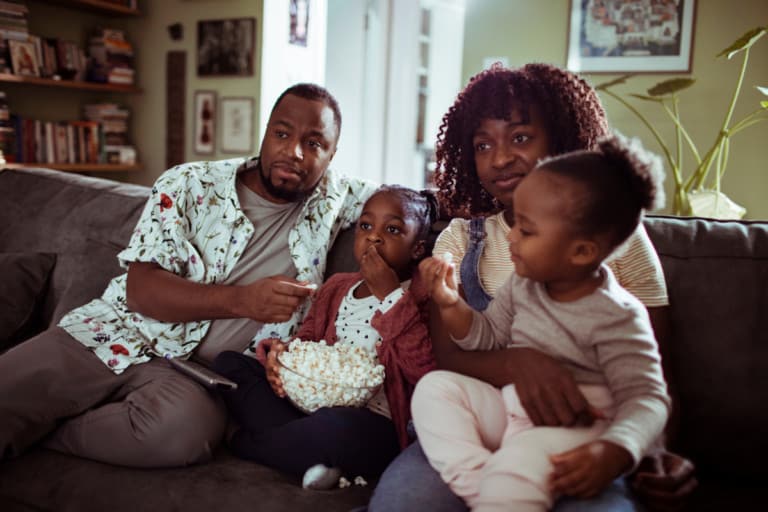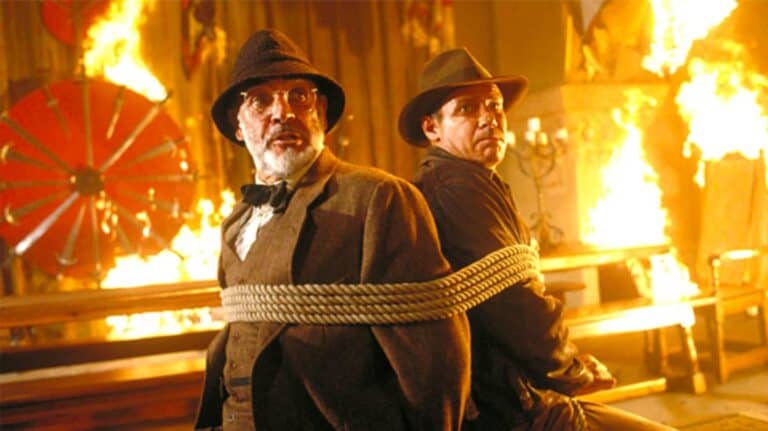Diverse Movies for Your Next Family Movie Night
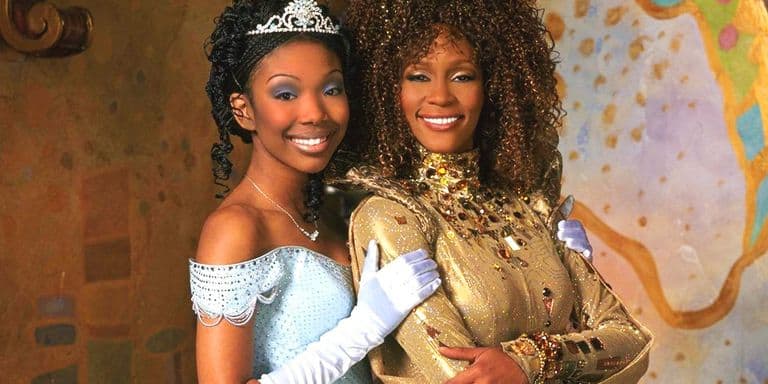
Diverse movies develop empathy and start great conversations, reports Josie Ortega. Plus, they tell great stories to enjoy during Family Movie Night!
Diversify Your Next Family Movie Night
More and more individuals and families are trying to listen, learn, and look for the large and small ways they can combat racism. While important national discussions continue about America’s racial history and problems that persist today, how can we be peacemakers who work toward solutions, even at home?
One easy, relatively simple way for parents to proactively examine our own unintentional biases is to take a look at our kids’ toys, books, and the movies we’re watching, and then make an effort to include films with diverse characters.
In all my Family Movie Night posts, you may have picked up on my number one rule: no movies that annoy me (i.e., If Mama ain’t happy, ain’t nobody happy)! We’re going for good, entertaining stories that will work on some level for adults as well as kids. While I’ll never stop loving Cary Grant and Katharine Hepburn, in each season, I’ve tried to include movies that feature minority heroes—Black, Asian, Latino, or otherwise non-white. I want our kids to have ALL the good stories!
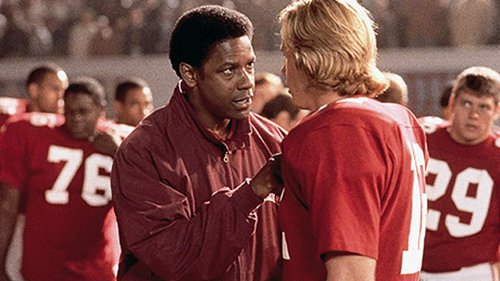
Diverse Family Movies
Here’s a round-up of my Family Movie Night picks with more diverse representation, plus a few new options toward the end of the post:
- Spring Movies: The Princess and the Frog, Sister Act, Nacho Libre
- Valentine’s Day Movies: I Love Lucy, Bride and Prejudice, West Side Story
- Winter Movies: Cool Runnings, Mulan, Hidden Figures
- Christmas Movies: The Three Caballeros, The Preacher’s Wife; The Star, Small One, The Little Drummer Boy (First century Palestine counts for diversity in my book. Ain’t no blond Jesus portrayed here!)
- Halloween Movies: Coco, Rodgers and Hammerstein’s Cinderella … the 1997 version starring Brandy as Cinderella, and Whitney Houston as her Fairy Godmother!
- Fall Movies: Wonder (The “diversity” here isn’t to do with race or ethnicity, but someone who merely looks different.), To All the Boys I’ve Loved Before, Remember the Titans, Bend It Like Beckham
- Father’s Day Movies: Stand and Deliver, Instructions Not Included, Black Panther, Spider-Man: Into the Spider-Verse
- Summer Movies: The Sandlot, Queen of Katwe, Moana, Lilo, and Stitch
- Patriotic Movies: Independence Day, Hamilton, Coming To America. (Key step in diversifying your film library: add a classic Eddie Murphy comedy.)
Why Does Diverse Representation Matter?
I’m writing as a white mom with Mexican-American kids, so for a while now I’ve paid attention and been on the lookout for brown heroes and heroines. Sadly, for a long time, black and minority kids haven’t enjoyed an abundance of characters who look like them. Having positive role models, even fictional characters, instills confidence in the audience.
For white kids, and indeed all of us, how valuable it is to engage with stories and characters outside ourselves! That’s the beauty of story.
Diverse Movies Develop Empathy
Whether fiction or non-fiction, a great story serves to develop empathy in the reader or viewer. In fact, researchers have conducted studies among school children, demonstrating that reading literary fiction improves empathy, the ability to understand others’ feelings.
Diversity, in its basic definition, signifies having a variety or range of things. In our 21st century cultural context, we’re usually using the word to refer to racial or ethnic diversity, or perhaps socioeconomic status, or just different backgrounds or experiences. Different points of view. And what else are great books and movies are for? They invite us into another viewpoint, an experience apart from our own.
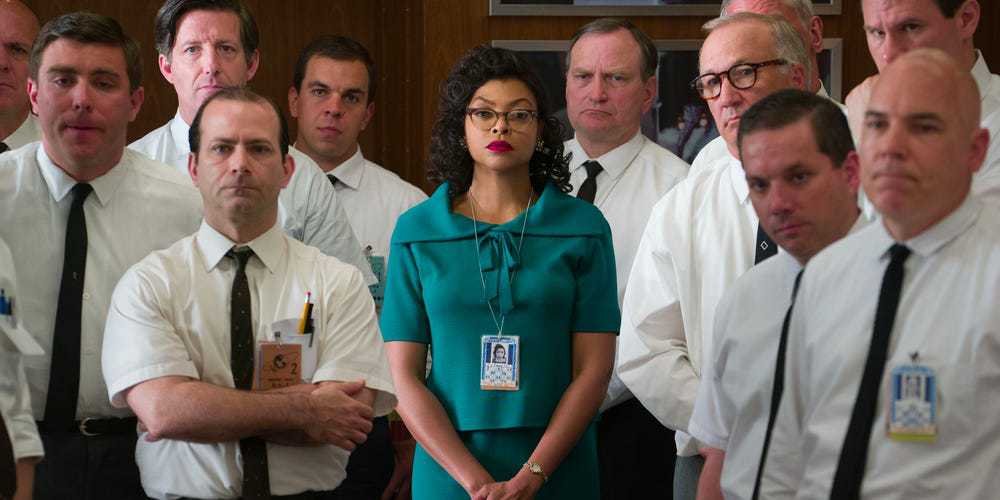
Black History Movies that Start Conversations
Movies have given our family an easy way to start in on great conversations about history, about the world, and topics that I might not know how to bring up otherwise, including prejudice and race relations. (Not to mention sex, alcohol, bad decisions… As always, it’s on the parents to pre-screen or check out Common Sense Media. Keep in mind that our kids need for us to have many small conversations on difficult topics, instead of one official conversation— The Talk—that checks the box!)
Discussions about race and prejudice aren’t new; they’re not occurring in a historical vacuum. The context of slavery, the civil war, and civil rights can be tough to nail down, especially for kids who can’t grasp the concepts of time and history. (My son used to call every past era “The Eighties” and now he’s replaced that with the exquisitely vague “Back Then.”) Movies like Hidden Figures have helped a lot. Plus, that one’s an awesome, exciting space story with rockets.
Movies With Black Heroes
We don’t need to limit our selections to stories of inner-city African American kids overcoming adversity, or films where people of different backgrounds relinquish their prejudices and learn to get along. Though those can be great—and Denzel Washington can be my high school football coach anytime.
Like I said, movies can help us understand history or a point of view, or an experience that’s foreign to us. But we can also just enjoy movies with characters of color who deal with universal human experiences, like friendship, teamwork, fighting the bad guys, or—ahem, dealing with overbearing parents.
Next on our list:
- John Henry, a Disney short cartoon about the life of an African American folk legend.
- Akeelah and the Bee, starring Keke Palmer as a young girl from South Los Angeles who competes in the National Spelling Bee. Co-stars Angela Bassett and Laurence Fishburne.
- Invictus, sports drama meets African political drama, with Academy Award winner Morgan Freeman playing Nelson Mandela.

Sincere Appreciation of Diverse Movies
Some parent friends of ours once asked my husband about a Mexican doll their daughter was given, and whether he thought it was offensive. We chuckled because it was a lovely doll, and it’s nice for his culture to be appreciated!
It’s true, though, that the race discussion feels fraught. White people like me may feel safer refraining, for fear of saying or doing something offensive. When we’re shopping, we probably gravitate toward the easiest thing, which is the white baby doll. We may even wonder to ourselves, Am I allowed to buy the Asian or Black doll? Will that look bad?
Here’s the thing. We’re hoping our children will be able to enjoy the beauty of all kinds of baby dolls. And to switch the metaphor, we want to value all stories—especially, right now, Black stories! While there’s a risk of being offensive, tokenizing, or fetishizing minorities, I think it’s better to err on the side of over-appreciation.
Let’s look at children’s cartoons for examples. Three Caballeros strikes me as a sincere enjoyment and interest in Latin American countries and culture. And birds! (It’s a rollicking good time with Donald Duck, Jose Carioca, and Panchito; check it out on DisneyPlus.) Whereas, in the otherwise wonderful Peter Pan, the Indian tribe portrayal doesn’t feel sincere, just demeaning and caricature-ish. (For the record, our family still would watch Peter Pan, but perhaps skip some things or discuss them. Parents, make the judgment call! Adulting is hard. And, let’s remember, black parents have to discuss tough things all the time.)
Family Movie Night Bonding
When it feels tricky or difficult, I’m encouraging us to continue to engage, to be willing to make mistakes. If you’re a parent and you haven’t made mistakes . . . you’re lying to yourself. Bottom line: parents and kids will all benefit from great stories, well told, from a wide range of voices.
What are your thoughts on building a movie library with diverse films? Comment below or share with friends, and plan your next Family Movie Night using FamilyApp.
